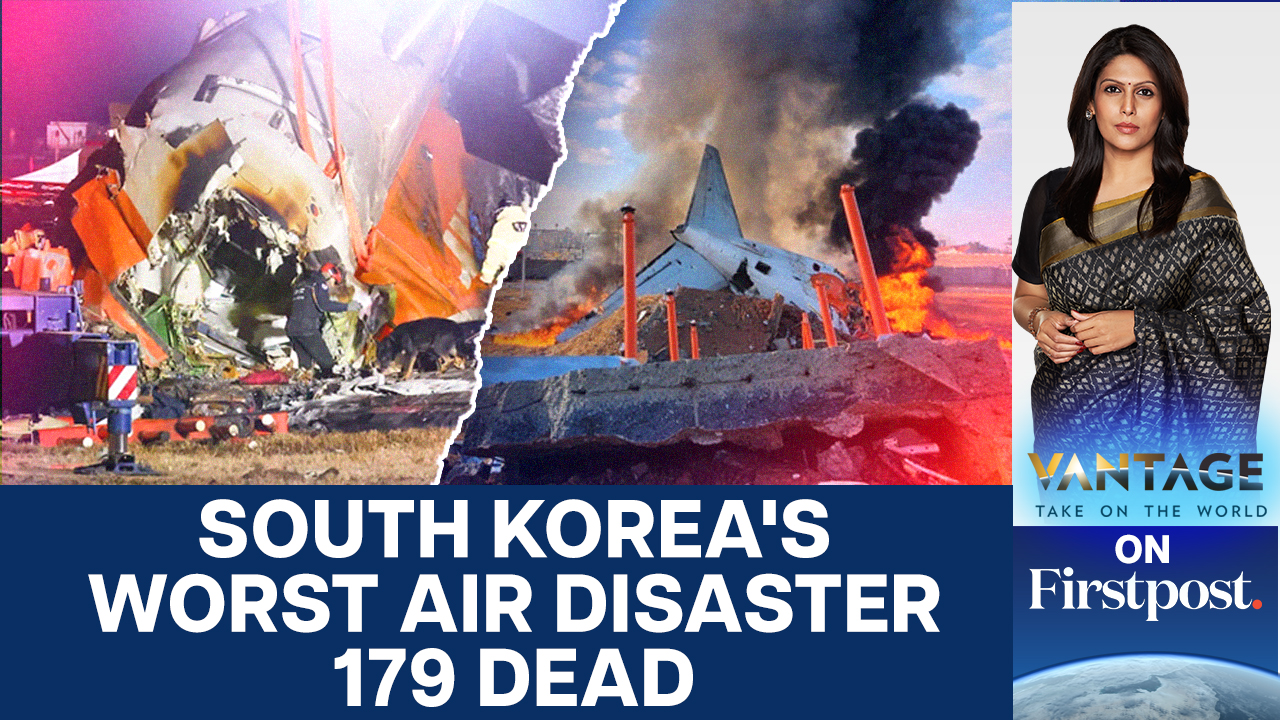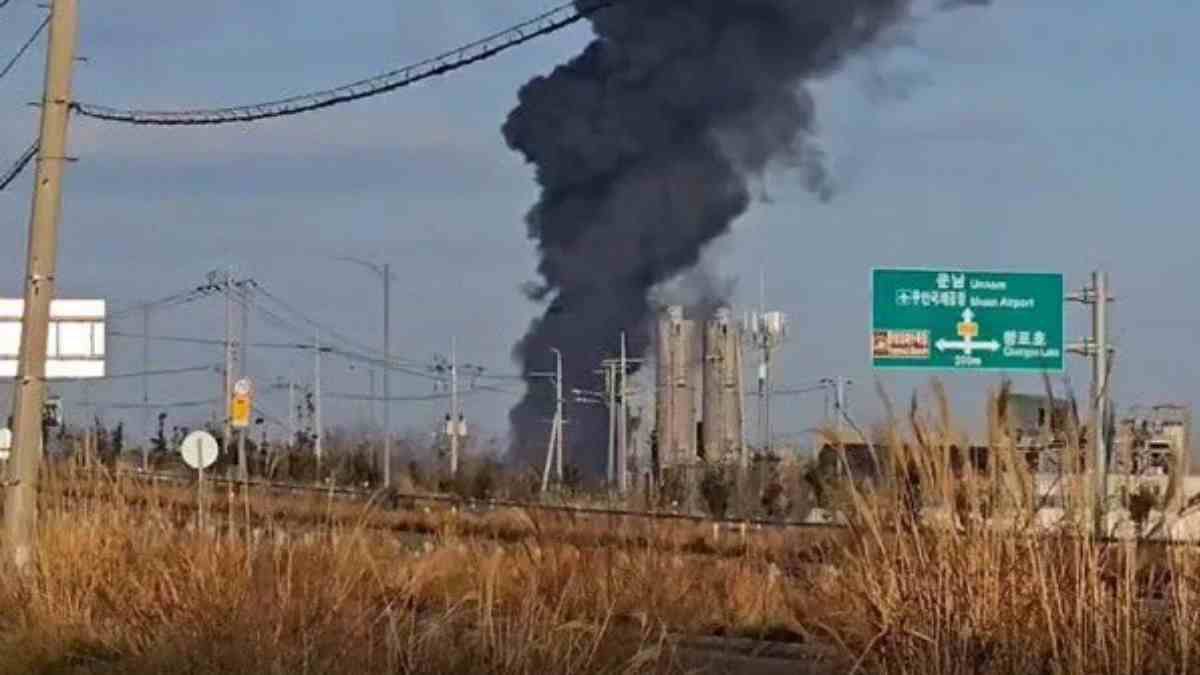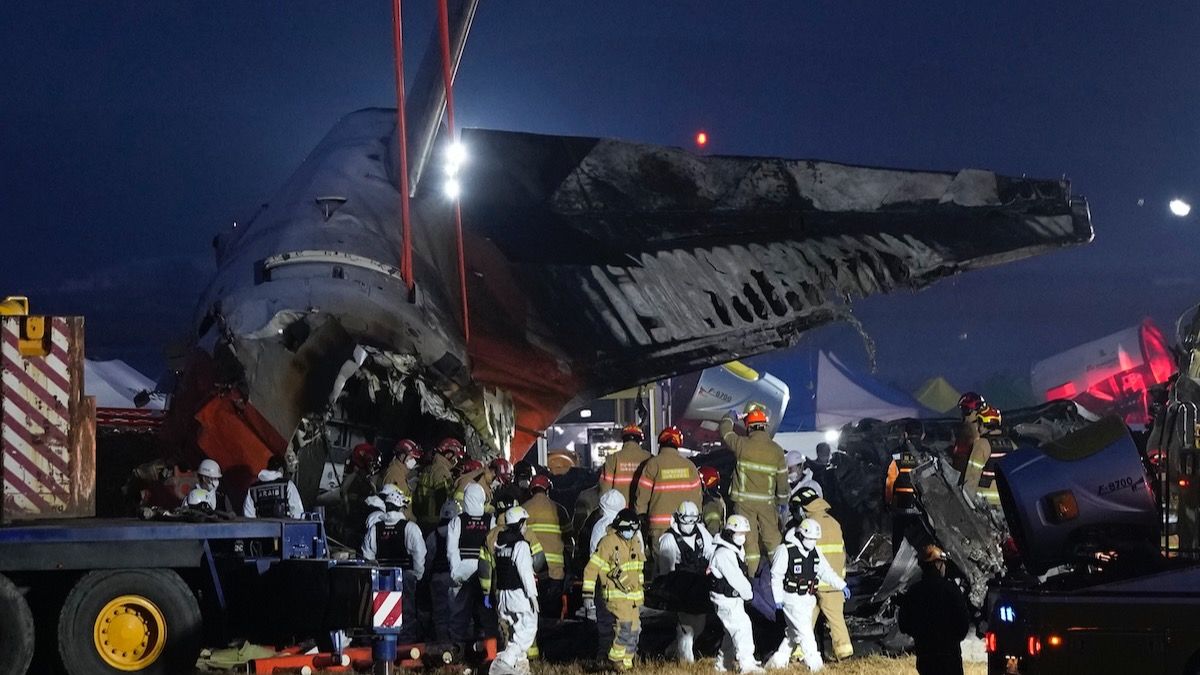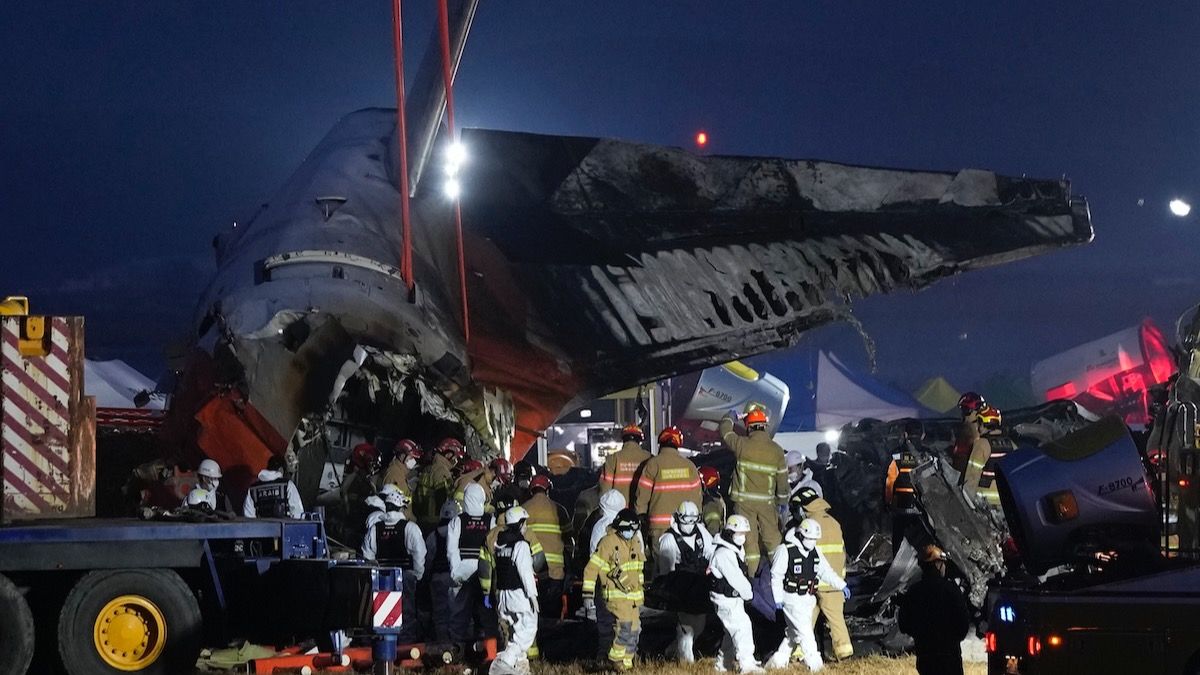South Korean plane crashes, a somber chapter in aviation history, demand careful examination. This exploration delves into the significant incidents, analyzing contributing factors, safety regulations, and the lasting impact on the aviation industry and national economy. We’ll unravel the complexities of these tragedies, examining human error, weather patterns, maintenance practices, and the evolution of safety protocols in South Korea.
From the chronological listing of major crashes to in-depth case studies, we aim to provide a balanced and informative overview. We’ll also compare South Korean aviation safety standards with international benchmarks, highlighting areas of improvement and success. Understanding these events is crucial for preventing future tragedies and enhancing global aviation safety.
So, you’re looking into South Korean plane crashes? That’s serious stuff. It’s a stark contrast to wondering about lighter things, like, how many episodes are in the upcoming Squid Game 2 – check it out here: how many episodes in squid game 2. Anyway, back to the plane crashes; investigating those incidents requires a meticulous approach to uncover the causes and prevent future tragedies.
A History of South Korean Plane Crashes

South Korea’s aviation history, like that of many nations, includes both remarkable progress and tragic accidents. Understanding these incidents, their causes, and the subsequent improvements in safety protocols is crucial for ensuring safer skies. This section explores the timeline of significant South Korean plane crashes, analyzes contributing factors, and examines the evolution of aviation safety regulations in the country.
Significant South Korean Plane Crashes
The following table provides a chronological overview of some of the most significant plane crashes involving South Korean airlines. Note that this list is not exhaustive, but represents a selection of impactful events.
| Date | Airline | Location | Casualties |
|---|---|---|---|
| [Insert Date] | [Insert Airline] | [Insert Location] | [Insert Number of Casualties] |
| [Insert Date] | [Insert Airline] | [Insert Location] | [Insert Number of Casualties] |
| [Insert Date] | [Insert Airline] | [Insert Location] | [Insert Number of Casualties] |
Analysis of Three Impactful Crashes
Three specific crashes significantly impacted South Korea’s aviation safety landscape. Detailed analysis of these events reveals recurring themes and highlights the evolution of safety measures.
[Insert detailed description of crash 1, including contributing factors and aftermath]
[Insert detailed description of crash 2, including contributing factors and aftermath]
[Insert detailed description of crash 3, including contributing factors and aftermath]
Evolution of Aviation Safety Regulations
Following major accidents, South Korea has implemented significant changes to its aviation safety regulations. These changes have focused on enhancing pilot training, improving aircraft maintenance standards, and strengthening oversight by aviation authorities.
South Korean plane crashes, sadly, are a recurring news item. Investigating these incidents often requires detailed aerial imagery, which is where technology like the ae86 pro max drone could prove invaluable. Its high-resolution camera and extended flight time would allow for thorough mapping of crash sites, aiding in both rescue efforts and accident reconstruction. This technology could significantly improve the investigation process following future South Korean plane crashes.
- [Insert specific regulatory change 1]
- [Insert specific regulatory change 2]
- [Insert specific regulatory change 3]
Types of Aircraft Involved in Crashes
Understanding the types of aircraft frequently involved in crashes is essential for identifying potential safety concerns and improving risk management strategies. This section categorizes aircraft types and analyzes their safety records in South Korean airspace.
Categorized List of Aircraft Types
Several aircraft models have been commonly used by South Korean airlines. Their safety records vary depending on factors like age, maintenance, and operational practices.
- Boeing 737
- Airbus A320
- Boeing 747
- Other models [add more]
Aircraft Safety Record Comparison, South korean plane crashes
A direct comparison of safety records requires extensive data analysis beyond the scope of this article. However, general observations can be made based on publicly available information.
| Aircraft Type | Number of Crashes | Total Casualties | Average Casualties per Crash |
|---|---|---|---|
| [Insert Aircraft Type] | [Insert Number] | [Insert Number] | [Insert Number] |
| [Insert Aircraft Type] | [Insert Number] | [Insert Number] | [Insert Number] |
Contributing Factors to South Korean Plane Crashes
Plane crashes are rarely caused by a single factor. They often result from a complex interplay of human error, mechanical failure, and environmental conditions. This section explores the most common contributing factors in South Korean aviation accidents.
Common Causes of Crashes
Several factors have consistently emerged as significant contributors to plane crashes involving South Korean airlines.
- Pilot error
- Mechanical failure
- Adverse weather conditions
- Maintenance issues
Examples of Human Error
Human error plays a significant role in many aviation accidents. This includes instances of poor decision-making, inadequate pilot training, and communication failures.
- [Insert detailed description of a crash caused by human error]
- [Insert detailed description of another crash caused by human error]
Role of Weather Conditions
Adverse weather conditions, such as severe storms, fog, and icing, can significantly impact flight safety. These conditions can reduce visibility, affect aircraft performance, and increase the risk of accidents.
- [Insert example of a weather-related crash, including meteorological data]
Impact of Maintenance Practices
Proper aircraft maintenance is crucial for ensuring safety. Neglecting maintenance can lead to mechanical failures that contribute to accidents. Regular inspections, timely repairs, and adherence to strict maintenance protocols are vital.
Impact on the Aviation Industry
Major plane crashes have profound and lasting effects on South Korean airlines, the national economy, and public confidence in air travel. This section explores the long-term consequences of these events and the subsequent changes implemented by the industry.
Long-Term Effects of Major Crashes
Major crashes can lead to significant financial losses for airlines, damage to their reputation, and a decline in passenger numbers. The economic impact extends beyond the airlines, affecting related industries such as tourism and aviation support services.
Changes in Airline Policies and Procedures
In response to accidents, South Korean airlines have implemented various changes to their policies and procedures. These changes aim to improve safety, enhance risk management, and restore public trust.
- [Insert example of a policy change]
- [Insert example of a procedural change]
Comparison with International Carriers
Comparing South Korean airlines’ safety standards and regulations with those of other international carriers provides valuable insights into best practices and areas for potential improvement. This requires a comprehensive analysis of various factors, including safety audits, accident rates, and regulatory frameworks.
South Korean aviation safety is a serious concern, given the history of incidents. One particularly tragic event that highlights this is the Jeju Air plane crash , which prompted significant investigations and safety improvements. Studying such incidents helps understand the broader context of South Korean plane crashes and drives efforts to prevent future occurrences. Ultimately, learning from past mistakes is crucial for improving overall air safety.
Illustrative Case Study: The [Airline Name] Flight [Flight Number] Crash

This section provides a detailed analysis of a specific South Korean plane crash, illustrating the complexity of accident investigations and the importance of learning from past events. [Insert the name of a specific crash here]
Detailed Account of the Event
The [Airline Name] Flight [Flight Number] crash occurred on [Date] near [Location]. The aircraft involved was a [Aircraft Type] with [Registration Number]. The flight was carrying [Number] passengers and [Number] crew members. [Describe weather conditions]. [Describe the events leading up to the crash].
The emergency response involved [Describe emergency response efforts].
Investigation Process and Findings
[Describe the investigation process, including the agencies involved, techniques used, and timelines]. The investigation concluded that [Describe the key findings of the investigation]. The accident was attributed to [Describe the causes of the accident]. Recommendations included [Describe the recommendations made as a result of the investigation].
Description of the Accident Scene
The crash site was located in [Describe the location of the crash site]. The wreckage was scattered over an area of approximately [Size of the crash site]. [Describe the state of the wreckage]. The impact zone was characterized by [Describe the impact zone]. The surrounding terrain was [Describe the surrounding terrain].
Final Summary

The analysis of South Korean plane crashes reveals a complex interplay of factors impacting aviation safety. While significant progress has been made in enhancing regulations and safety protocols, continuous vigilance and international cooperation are vital. Learning from past tragedies allows us to strive for a safer future, improving both national and global aviation standards. This comprehensive review highlights the importance of robust investigation processes, transparent reporting, and a relentless commitment to preventing future incidents.
FAQ
What is the most common cause of plane crashes in South Korea?
While varying by incident, human error, mechanical failures, and adverse weather conditions are frequently cited as contributing factors.
How does South Korea’s aviation safety compare to other countries?
South Korea maintains stringent safety regulations, but comparisons with other nations require a nuanced look at specific metrics and reporting practices.
What compensation is available to victims of plane crashes in South Korea?
Compensation varies depending on the circumstances and legal frameworks, often involving insurance settlements and legal action.
Are there any ongoing investigations into past South Korean plane crashes?
Information on ongoing investigations is usually confidential until official reports are released.
